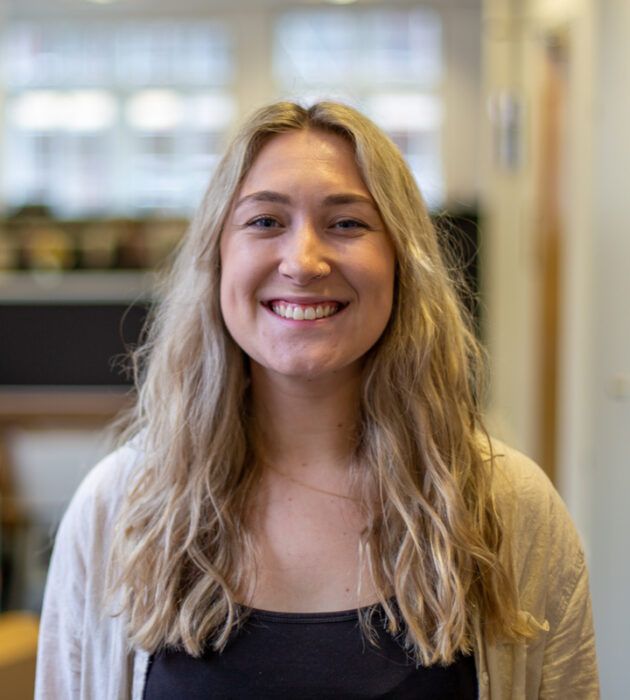
A tale of two halves
At Compassion in Dying, we work to ensure that what matters to each person, as a unique individual, is known and acted upon in their last years, months or weeks. Many of the projects we do at Compassion in Dying, involve going out into the community and chatting with people about what matters to them, with all the wonderful nuances of smiles, laughter and chatter.

Undoubtedly, the solitary working environment enforced on us by the pandemic presented problems: trying to achieve these same outcomes through a screen involved a series of challenges, and helped us to develop the ways we use digital tools to engage with our communities. However, the massive rise in use of Zoom and other platforms meant that we could reach a wider audience and that audience could hear people who sounded like them, just chatting from their living rooms.
Health inequalities
We found, as did many others, that the pandemic disproportionately affected those who experience health inequalities. The typical person who telephones our free information line is white and middle class — they broadly know what they are looking for and how to find it.
Conversely, our community engagement work allows people to use our services when they may not even have been looking. One project that has attempted to tackle these inequalities is the Lambeth Advance Care Planning Consortium, where we co-lead the work with Healthwatch Lambeth. This project works with a range of local partners and helps to raise awareness and provide 1-2-1 advance care planning support directly to their peers with local people as champions and volunteers.
The project aims to reach those who experience health inequalities most acutely in Lambeth, including people:
- who speak Portuguese as a first language
- carers
- people with long-term multiple health conditions
- people with dementia
- people with learning disabilities
Among other things we were building on awareness, relationships and togetherness but this very foundation began to crumble when the only connections we could build, were with our Wi-Fi.
Unique challenges
So, with keyboards and microphones ready, we took to Zoom (and WhatsApp and good old fashioned phone calls) attempting to establish and gain a digital interest in our service, but there were barriers to this new way of working.
For people with capacity issues and cognitive disabilities they found virtual conversations jarring.
There are some people who find technology difficult to use, and so these people may have missed out completely. Language barriers can often be helped through body language, gestures and signalling, all of which are almost useless done virtually. All of these things were compounded by the absence of incidental community based conversations where other organisations can help support people, offer solutions and discuss their own experiences.
Silver linings
But, it’s not all been bad news. The pandemic became a catalyst for talking about death and dying and it was at the forefront of the public consciousness. We experienced a surge in calls to our national information line that provides free advance care planning support. We were inundated with calls from people asking what would happen to them if they got coronavirus, what would dying at home be like and how to ensure their voice was not lost in an over-stretched NHS. Since March 2020 coronavirus has been the illness people have most frequently asked us questions about.
Donning the digital
We decided to host a series of webinars in which people affected by the pandemic had a platform to present their honest and truthful experiences to policy makers. We also invited people to submit a video over Zoom sharing their experiences of end-of-life care during the pandemic to give to the House of Lords ‘Life beyond COVID’ committee, and the response was overwhelming. We found that these formats allowed people to tell very personal stories from the safety of their homes, and time and energy didn’t need to be a deterrent for a five minute Zoom chat.
Another positive outcome we found was that it was much more effective in influencing change to policy and practice. These videos have resulted in joint working with organisations and healthcare professionals on issues like DNACPR. NHS England has since published much-needed guidance for people on DNACPR decisions. It is clear that those policy change-makers are receptive to digital messaging and that this is an effective way of igniting conversations.
A tale of two halves
What has become clear to us is that our new found digital presence has presented both benefits and drawbacks.
Some groups such as carers said their life was made easier through virtual engagement, as they frequently struggled to find time to attend meetings and gain support in person.
But whilst we can say that we attempted to offer the same opportunities online, for many people they actually weren’t the same opportunities at all, and there were barriers to their involvement. In terms of engaging people and communities we haven’t been able to create anything as powerful as sitting down with someone you trust and chatting face to face. The power of human connection is vital and although we have come up with new ways to curate these bonds, an in-person chat with a peer or supporter is, for many, irreplaceable.